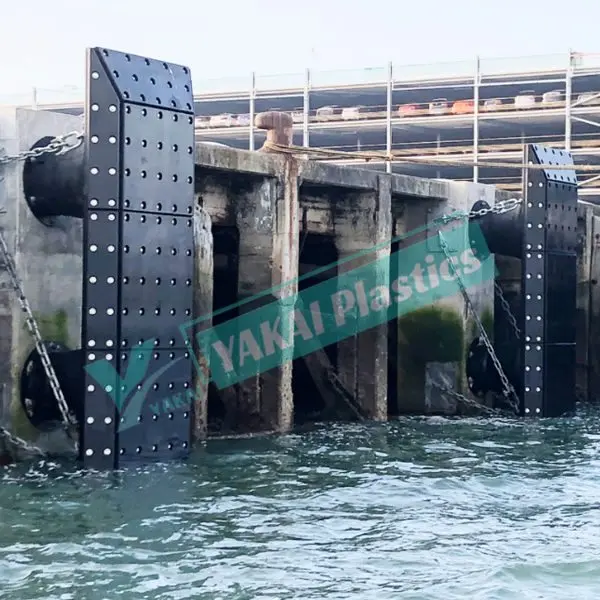【Technical】Application of Ultra-High Molecular Weight Polyethylene (UHMWPE) in Industrial Machinery
748Application of Ultra-High Molecular Weight Polyethylene
View detailsSearch the whole station HDPE Sheet
When it comes to maintaining the integrity and longevity of your maritime infrastructure, dock fenders play a crucial role. Designed to absorb the kinetic energy of a boat or ship as it docks, dock fenders prevent damage to both the vessel and the docking structure. This comprehensive guide explores the various types of dock fenders, their benefits, and how to choose the right ones for your specific needs.

Dock fenders are protective buffers used to shield dock structures and boats from damage during the mooring process. Made from resilient materials like rubber, foam, or plastic, these devices are essential for reducing impact and abrasion caused by vessels as they come into contact with the dock. They are used in various maritime environments, including shipping ports, marinas, and private docks.
Selecting the appropriate dock fender depends on several factors:
Dock fenders are an indispensable component of maritime safety and dock maintenance. By understanding the different types of fenders and their specific applications, you can make an informed decision that ensures maximum protection for your infrastructure and vessels. Investing in quality dock fenders not only enhances operational efficiency but also significantly reduces the risk of damage, ultimately saving you money and downtime in the long run.
Application of Ultra-High Molecular Weight Polyethylene
View detailsApplication of Ultra-High Molecular Weight Polyethylene
View detailsdock fender panels
View detailsUltra-high molecular weight polyethylene (UHMWPE) boards can replace carbon steel, stainless steel, bronze, etc., and are used in various fields such as textiles, papermaking, food machinery, transportation, ceramics, and coal. They are mainly ...
View detailsWe use cookies to help improve our services, make personal offers, and enhance your experience. If you do not accept optional cookies below, your experience may be affected. If you want to know more, please read the Cookie Policy
Privacy Policy
HelloPlease log in